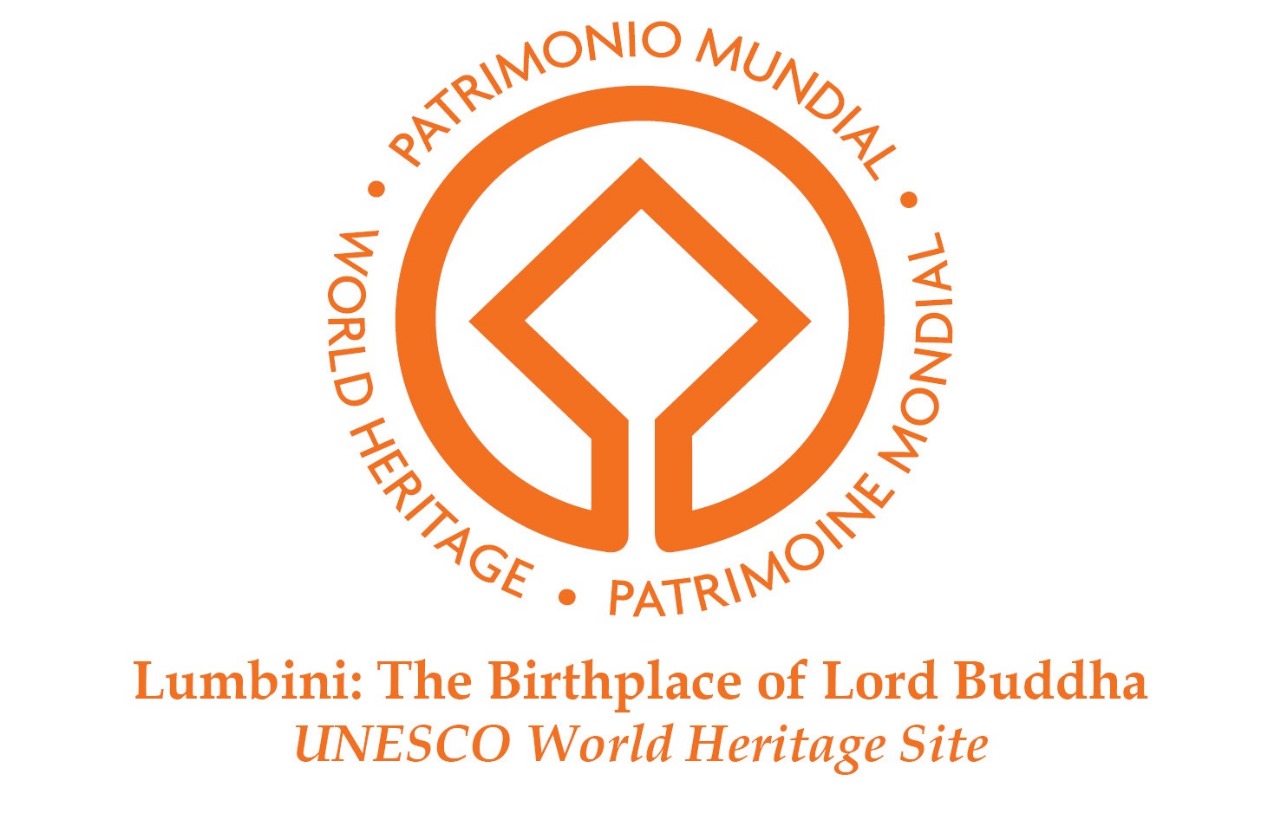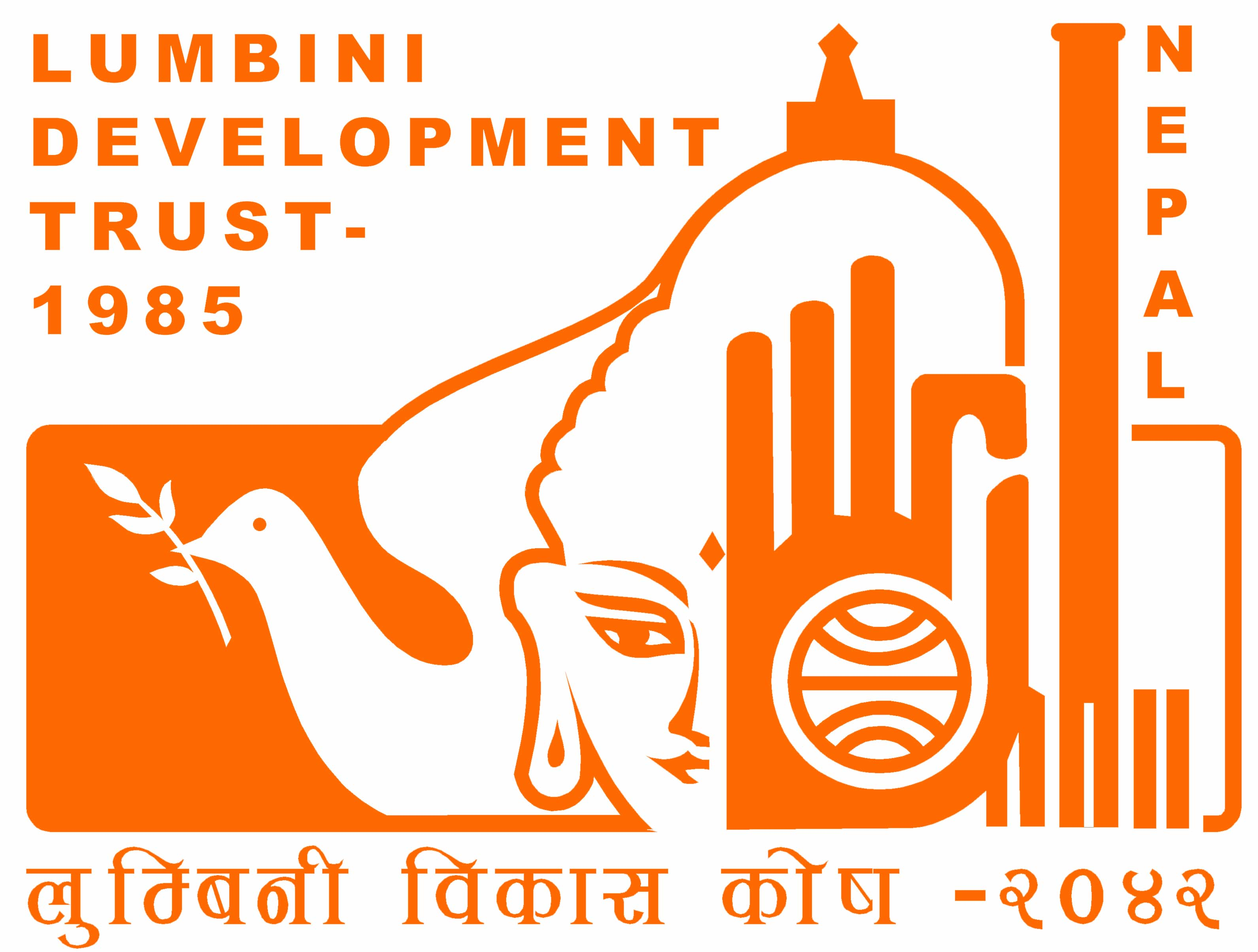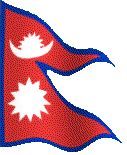ANCIENT KAPILAVASTU
Significance of the Ancient Kapilavastu
Ancient Kapilavastu, located in present-day Nepal, is believed to have received its name from the great sage Kapila, who practiced penance there and suggested that the exiled princes and princesses of the Kosala kingdom settle in the area. These royal offspring became known as the Sakyas, and their kingdom was called Kapilavastu. Prince Siddhartha spent the first 29 years of his early life prince in Ancient Kapilavastu.
Kapilavastu lies on the bank of the Bhagirathi (Banganga) River, near the Siwalik Hills. The ancient texts, such as the Ambattha Sutta of the Dighanikaya, mention Kapilavastu's location on the slopes of the Himalayas, and the Chinese traveler Hiuen Tsang noted that Lumbini was situated about 30 km east of Kapilavastu.
At the age of 29, Prince Siddhartha renounced his worldly comforts and left Kapilavastu through the eastern gate of the palace in search of supreme knonwledge. After witnessing the "Four Sights" (Chatur Nimitta Darshan), he made a silent pledge to find the path of salvation and left the palace secretly on his horse Kanthaka with the help of his charioteer Chhanna. This event is recorded as the Mahaviniskramana or the Great Renunciation in Buddhist scriptures.
Kapilavastu was a sacred place even before the advent of Lord Sakyamuni Buddha. It was the birthplace of two earlier Buddhas, Krakuchhanda Buddha and Kanakamuni Buddha. Lord Sakyamuni Buddha visited Kapilavastu several times and preached five important suttas (sutras) at Kudan during his first visit after attaining enlightenment.
The first Buddhist nunnery was also established in Kapilavastu, with Queen Prajapati Gautami, Yasodhara, and other Sakya women becoming the first nuns.
The Ancient Kapilavastu is an open museum, with more than 130 important archaeological sites. The excavations have revealed earth ramparts, brick fortifications, ancient habitations, and thirteen layers of human depositions dating from the 9th/8th century BC to the 2nd/3rd century AD.
The Kapilavastu Museum displays various artifacts, including coins, pottery, toys, jewelry, and terracotta figures from the pre-Mauryan, Mauryan, Sunga, and Kushana periods. The ancient Chinese travelers Fa-Hien and Huen-Tsang noted that they saw Kapilavastu in complete ruins, with ten deserted cities within the region.
Major Monuments, Sites and Attractions in the Ancient Kapilavastu
Major monuments and sites of great religious, archaeological, and historic value located in ancient Kapilavastu include the following:
Tilaurakot: The Hometown of Prince Siddhartha
Situated 29km west of Lumbini and 3km northwest of Taulihawa, Tilaurakot was rediscovered in 1899 and is recognized by many scholars as the ancient capital city of the Sakya kingdom where Prince Siddhartha spent his early life. The site exhibits features of ancient palace architecture, with a higher elevation secured by a wide and tall fortification wall and a moat encircling it. Archaeological excavations at Tilaurakot have revealed artifacts and structures dating from the 9/8th century BC to the 2-3rd century AD, including Grey ware, NBP, a coin minting factory, palace complexes, temples, ponds, roads, earth ramparts, brick fortifications, and various other antiquities. These findings firmly establish Tilaurakot as an important ancient capital city.
Kudan: The Ancient Nyigrodharama
Situated about 3km south of Taulihawa, the site of Nyigrodharama is currently known as Kudan or Lori-Ki Kudan. This is the ancient and historical place where Lord Sakyamuni Buddha met King Suddhodhana for the first time after his enlightenment. Some scholars have also identified Kudan as the natal-town of Krakuchhanda Buddha. Early Chinese travelers Fa-hsien (5th century AD) and Hiuen Tsang (7th century AD) describe several events that occurred at the Nyigrodharama in their travelogues. Recent joint excavations have uncovered wooden post-holes dating back to the 8th century BC, as well as major structural ruins including three stupas, a well, and a pond associated with key events in Buddha's life.
Gotihawa: The Birthplace of Krakuchhanda Buddha
Located about 5km southwest of Taulihawa, Gotihawa is identified as the holy place where Krakuchhanda Buddha was born and attained enlightenment. In 249 BC, Emperor Asoka visited the site, erected a stone pillar, and built a large stupa to commemorate the birthplace of Krakuchhanda Buddha. The Asoka Pillar, standing 3.25m high with a diameter of 83/79 cm, remains in-situ on its original masonry basement foundation. Prominent Chinese travelers like Fa-hsien and Hiuen Tsang also mention the pillar and stupa erected by Asoka at Gotihawa. Excavations have revealed ancient potteries, brick structures of stupas and monasteries, an ancient well, and a water tank around the modern Gotihawa village, indicating that the site has been inhabited since the 6th century BC.
Niglihawa: The Birthplace of Kanakamuni Buddha
Located about 7 kilometers northeast of Taulihawa, Niglihawa is recognized as the birthplace of Kanakamuni Buddha. In 249 BC, Emperor Asoka visited this revered site and erected a stone pillar inscribed in Brahmi script and Pali language. The inscription commemorates Asoka’s enlargement of Kanakamuni Buddha's stupa, his worship at the site, and the erection of the pillar to mark the birthplace during his 20th coronation year. Additionally, the pillar bears an inscription by King Ripu Malla from 1312 AD.
Currently, the pillar is broken into two pieces. The lower part, with Asoka's edict, measures at 10 feet 6 inches (3.20 meters), while the upper portion is 14 feet 9 inches in length, with a diameter ranging from 2 feet at the top to 2 feet 6 inches at the bottom. Renowned Chinese pilgrims, including Fa-Hien and Hiuen-Tsang, documented the Kanakamuni Stupa and Asoka Pillar in their travelogues. In recent times, a small statue of Kanakamuni Buddha has been established at the site, adding to its historical and spiritual significance.
Araurakot: The Hometown of Kanakamuni Buddha
Located 1.4km east of Niglihawa and 10km northeast of Taulihawa, Araurakot is identified as the town where Kanakamuni Buddha lived, grew up, and spent his married life. It was an ancient walled forest area, now visible as a large rectangular fortified ruin with remnants of a moat and brick fortifications.
Archaeologists have recommended thorough excavation of Araurakot and the surrounding sites like Thumwa, Semari, Gobari, and Niglihawa to better understand this complex. A 2015 geophysical survey by UNESCO revealed significant structural ruins beneath the citadel.
Sagarahawa: The Massacre Site of the Sakyas
Around 12km north of Taulihawa, Sagarahawa is identified as the place where the Sakyas were massacred by King Virudhaka of Kosala. Hundreds of stupas were later built here by the Sakyas' descendants to honor their fallen clan members. Also known as Lumbu Sagar, the site features ancient ruins, primarily stupas and monasteries, situated along the west and south banks of a large pond.
In 1897, excavations by Dr. Fuhrer uncovered thousands of small relic stupas arranged in long symmetrical rows around a large central stupa. The Chinese pilgrim Hiuen Tsang also described his visit to Sagarahawa and the presence of several thousand stupas at the site of the Sakya massacre.
Sisaniya: Ancient City of the Sakyas
Sisaniya is an important archaeological site with an ancient mound believed to have housed a stupa and Sangharama built by the Sakyas. Excavations have uncovered evidence of an important Kusana period craft center, including iron slag and glass waste. Other finds include ceramics and terracotta figurines from the Kusana era. Geo-physical survey has revealed a vast stretch of different structures underground here.
Recommended Activities in Kapilavastu
- Explore Tilaurakot, the hometown of Prince Siddhartha and the ancient capital of the Sakya Kingdom.
- Visit Kudan, the site of the ancient Nyigrodharama.
- Discover the birthplaces of the early Buddhas Krakuchhanda at Gotihawa and Kanakamuni at Niglihawa.
- Pay homage at Sagarahawa, the site where the noble Sakyas sacrificed their life for the sake the Buddha's teaching of non-harming others.
- Uncover the archaeological sites of Araurakot, Sisaniya, Bikulikot, and others.
- Enjoy birdwatching and leisure time at the large, man-made Jagadispur Tal reservoir.
- Immerse yourself in Tharu culture through a homestay experience in Jagadispur.
- Explore rural villages to witness exceptional cultural beauty, livelihoods, and traditions.
- Visit other pilgrimage and historic sites such as Tauleshwor Nath temple, Ramghat, Lakhman Ghat, Shivagadhi, Kapiladham, Shringi Ashram, and Madhuban Dham.
Accessing Kapilavastu
- Taulihawa is connected to the nearby towns of Lumbini, Bhairahawa, Krishnanagar, Jitpur/Butwal, Bangai, and Gorusinghe via local road networks.
- Public bus services are available on routes connecting Taulihawa to Bhairahawa, Lumbini, Jitpur, Jahadi, Krishnapur, and other major destinations.
- Taulihawa can be accessed by bus from Kathmandu and other major cities in eastern and western Nepal, with both day and night services available. Bus travel is more frequent between Taulihawa and the nearby hubs of Lumbini, Bhairahawa, and Butwal.
- Visitors to Taulihawa can hire e-rickshaws to explore the ancient sites of Kapilavastu.

 Nepali
Nepali English
English



